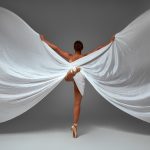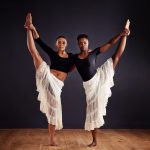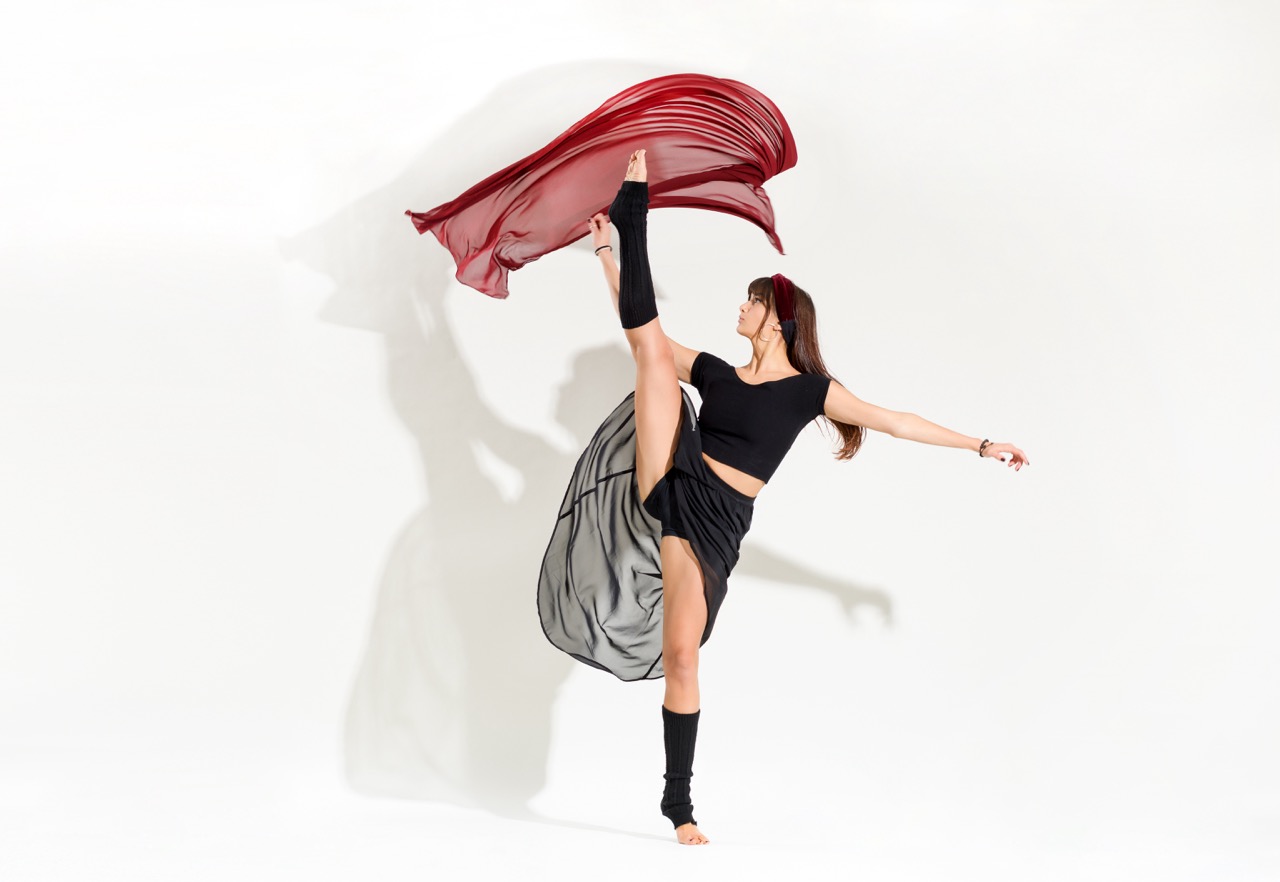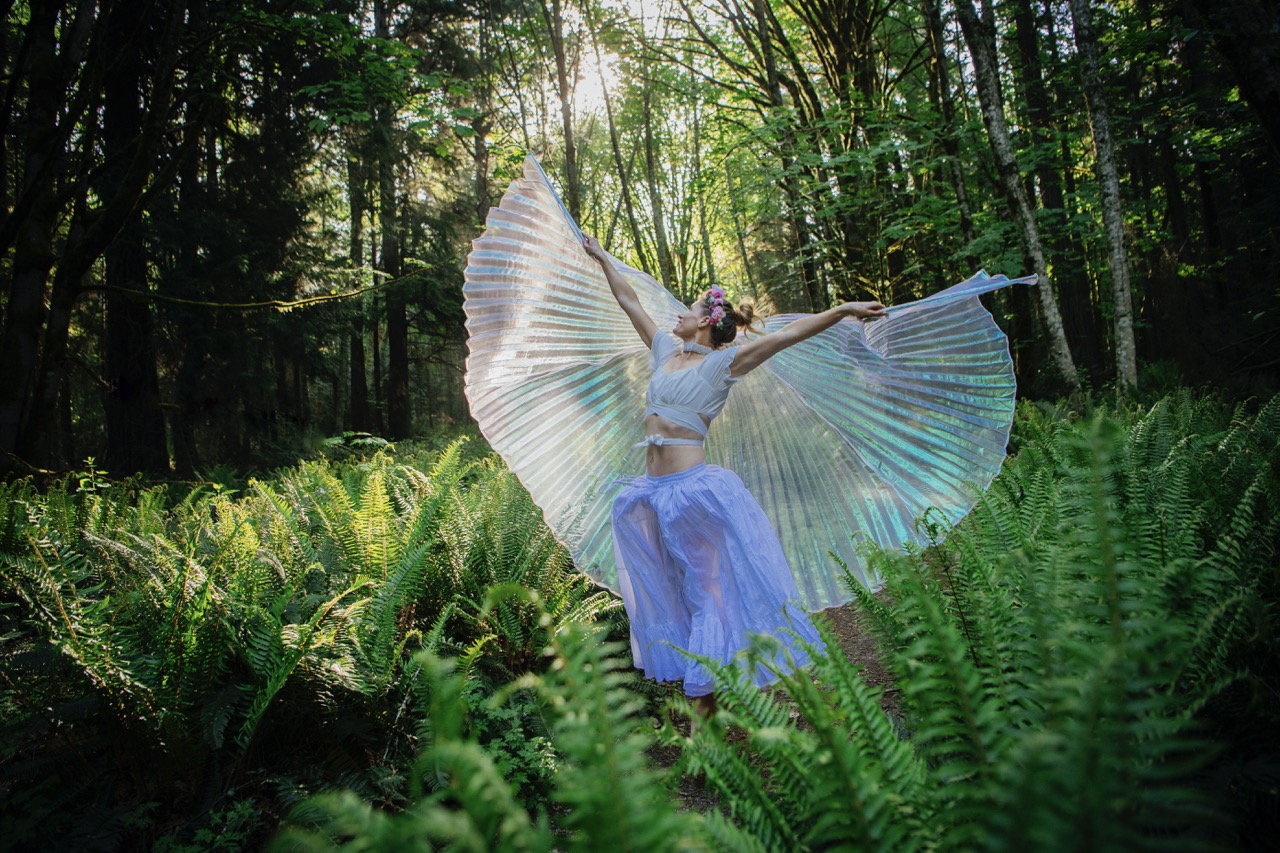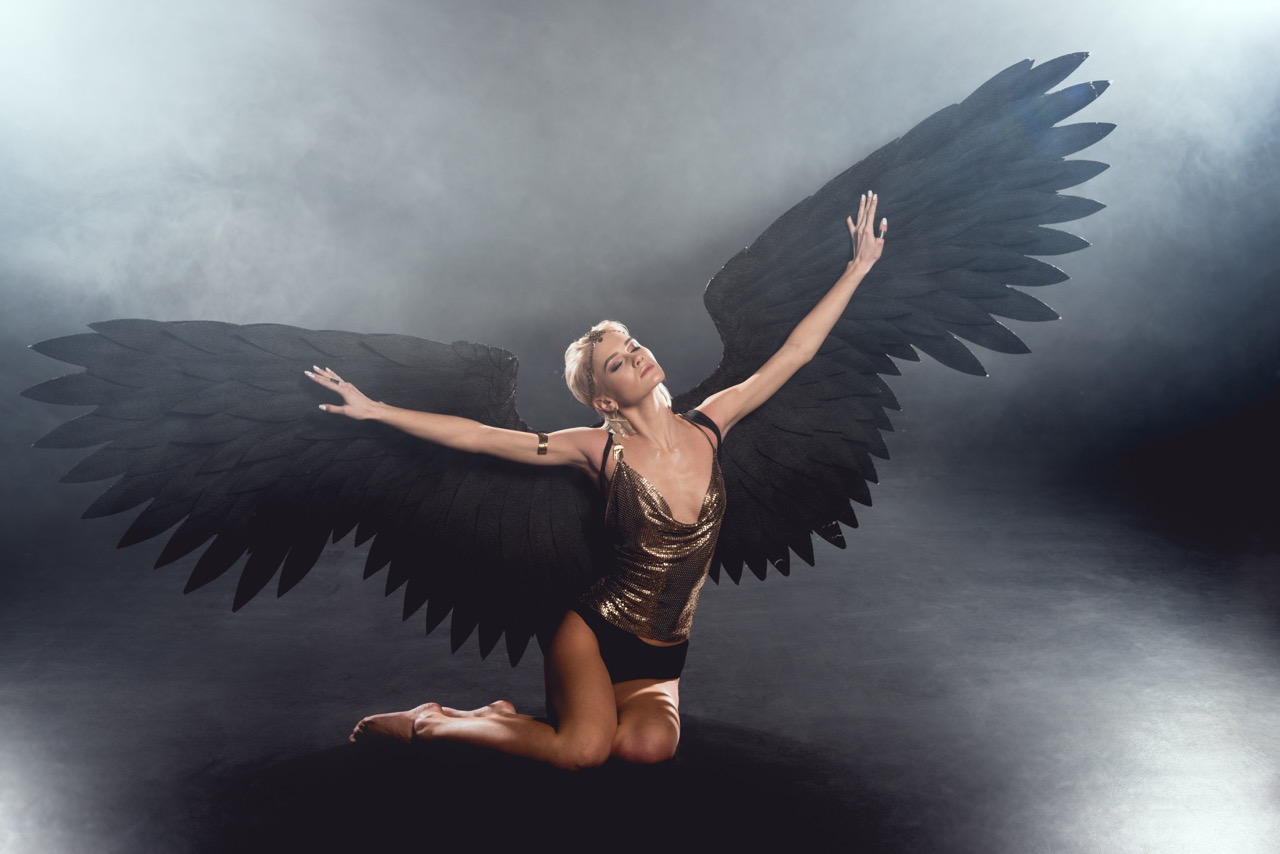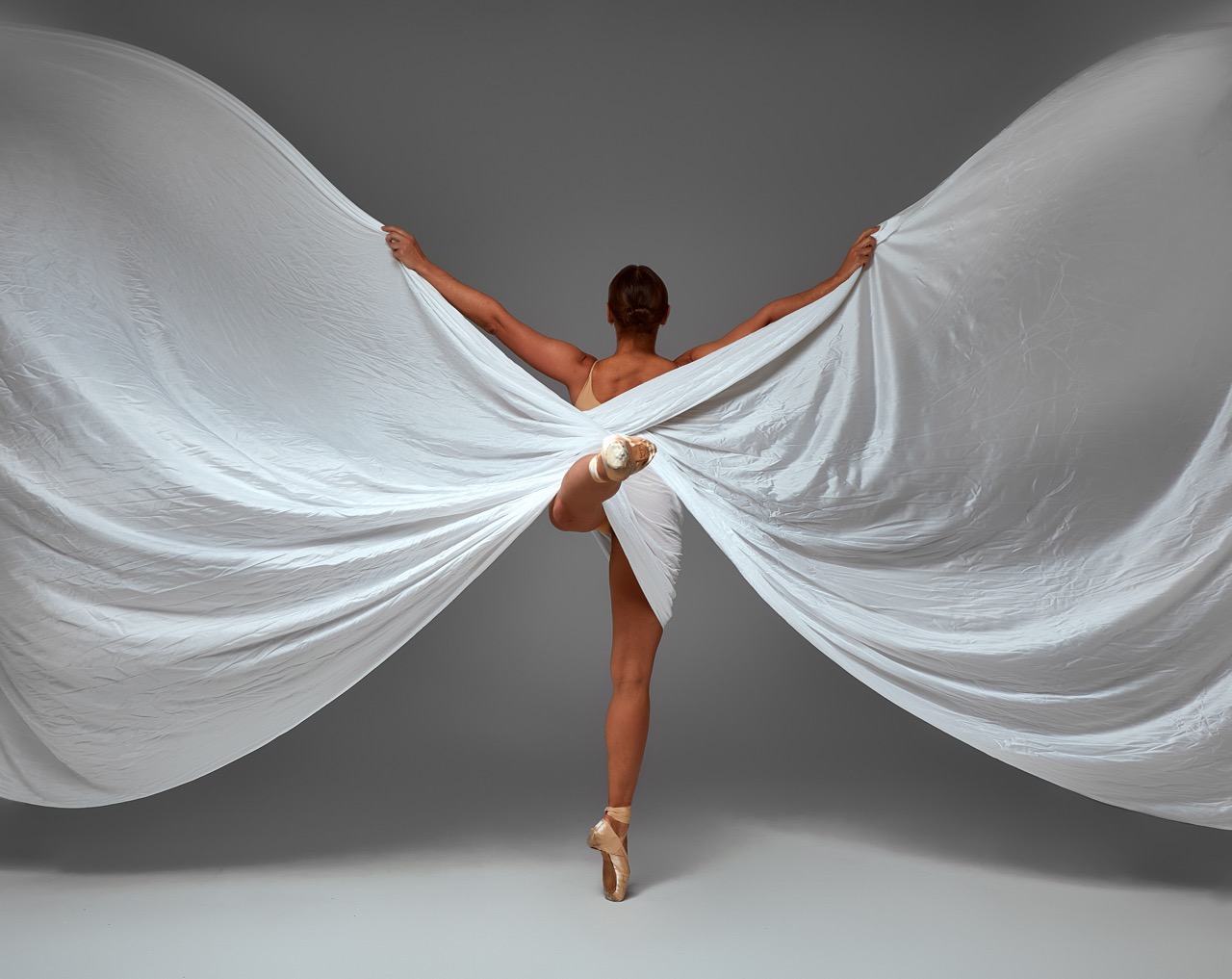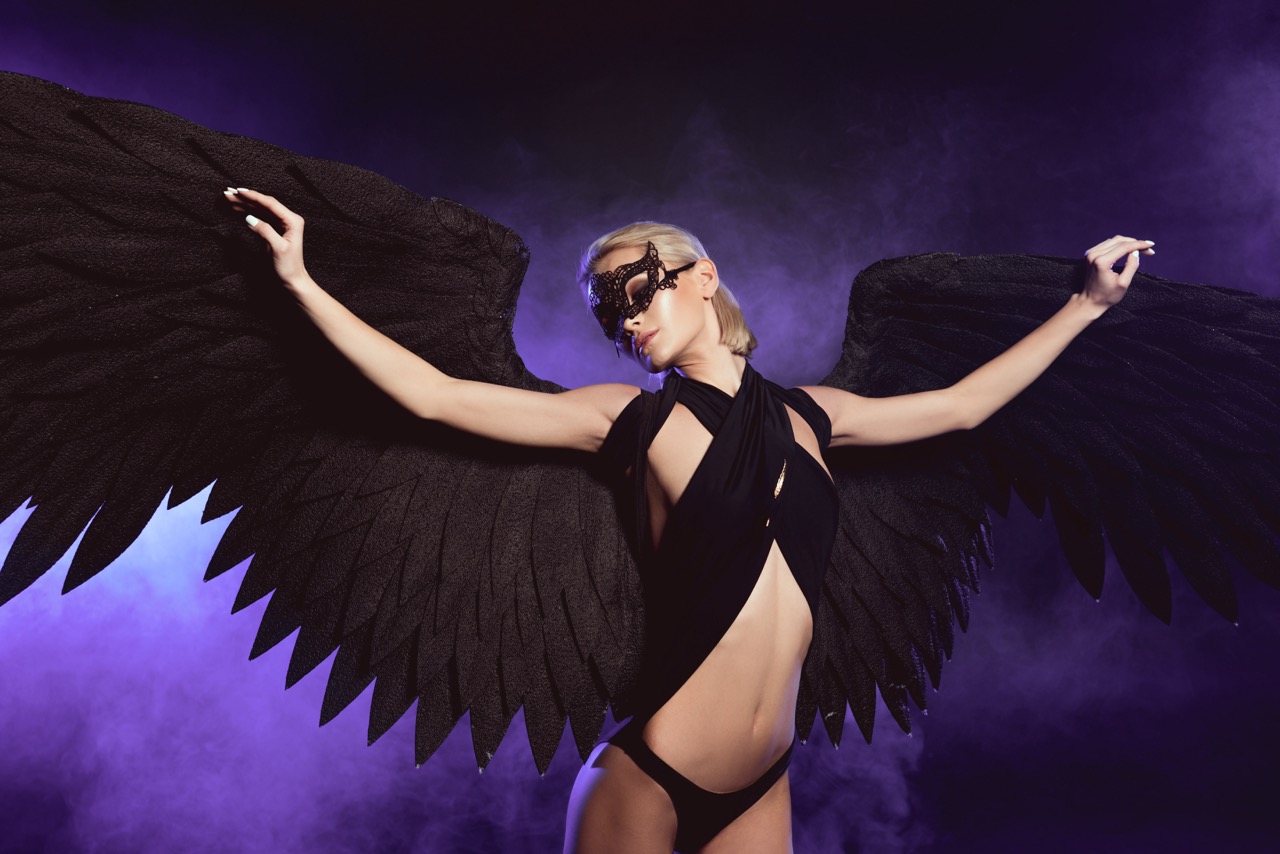In the world of performing arts, the interplay of light, color, and movement has always captivated audiences. Today, this dynamic relationship is being redefined as dancers increasingly leverage technology to enhance their performances. With the advent of sophisticated lighting systems and innovative design techniques, the traditional boundaries between dance and visual art are blurring. This article explores how dancers incorporate technology to control light and color in their wings, transforming mere movement into a multi-sensory experience that mesmerizes and engages spectators.
Illuminating the Stage: The Fusion of Dance and Technology
Dance has long been a medium for expressing emotion and storytelling through physical movement. However, with the integration of technology, dancers can now elevate their performances to new heights. The utilization of programmable LED lights in wings allows performers to infuse their routines with vibrant hues that correspond to their movements and the rhythm of the music. This synchronization creates a spectacle where light and dance harmonize, captivating audiences and providing a richer narrative.
The fusion of dance and technology is not merely about aesthetic enhancement; it also opens up new avenues for choreography. Dancers can now design routines that incorporate visual cues from their wings, transforming the way they interact with their environment. Imagine a dancer executing a pirouette, their wings glowing in a brilliant blue that transitions to fiery red as they land—a visual metaphor for energy and emotion. This interplay of light and movement creates a dialogue that resonates with viewers, drawing them deeper into the performance.
Moreover, as technology continues to evolve, so does the potential for collaboration between dancers and tech specialists. Workshops and partnerships emerge, allowing artists to experiment with new tools and techniques. This collaborative spirit not only fosters innovation but also nurtures a culture where the arts and technology coexist, pushing the boundaries of traditional dance to create immersive experiences that challenge perceptions and inspire awe.
Color Choreography: Designing Wings with Light Dynamics
Designing wings for performance is an art form in itself, particularly when integrating light dynamics. The aesthetic appeal of wings is enhanced not just by their shape and fabric but also by their ability to project color and light. Designers employ cutting-edge materials, such as fiber optics and LED strips, to create wings that are not just visually striking but also functional. The choice of colors, patterns, and movement capabilities allows dancers to express their unique artistic identities, making each performance a distinctive showcase of creativity.
Color choreography goes beyond mere decoration; it plays a critical role in embodying a dancer’s emotional journey. The colors selected for performance can evoke specific feelings, guiding the audience’s emotional responses. For example, cooler tones like blues and greens might be used to convey tranquility and grace, while warmer tones like reds and yellows could symbolize passion and intensity. The careful selection and sequencing of these colors can be choreographed to align with the beat and mood of the music, creating a cohesive visual narrative that mirrors the dancer’s physical storytelling.
Furthermore, the technology behind these designs offers unprecedented flexibility. Dancers can change colors mid-performance, allowing for spontaneous creativity to emerge. This adaptability also encourages choreographers to experiment with visual elements within their routines, creating an engaging interplay between the dancer’s movements and the luminance of their wings. As such, the synergy between color, light, and dance becomes an essential part of the performance, enriching the audience’s experience and leaving an indelible impact.
The Art of Control: Tech Innovations for Dancers’ Wings
The control of light and color in dance has been revolutionized by advancements in technology, providing performers with tools that were once unimaginable. Wearable technology, such as motion sensors and Bluetooth connectivity, has enabled dancers to manipulate the visual aspects of their wings in real-time. By simply moving their bodies, they can activate different lighting sequences and color changes, creating a responsive and dynamic performance that captivates the audience.
This level of control allows for a deeper connection between the dancer and the audience. Imagine a performance where every leap and spin triggers a cascade of colors, each movement breathing life into the stage. It’s a powerful reminder that dance is not merely about the physical, but also about how it can evoke emotional responses through visual stimuli. The innovative technology ensures that the visual elements are not just passive backdrops but integral parts of the storytelling process, enhancing the overall impact of the performance.
Additionally, these tech innovations pave the way for choreographers to push creative boundaries further. With the ability to program specific light patterns and color transitions, dancers can explore new themes and narratives that were once limited by traditional performance constraints. The collaborative relationship between the dancer and technology brings forth a new era of creativity in the performing arts, where the dialogue between movement and light becomes as important as the dance itself.
Shaping Perception: Enhancing Dance Through Light and Color
The combination of dance, light, and color fundamentally alters how audiences perceive performances. Rather than being mere spectators, viewers become participants in an immersive experience where the lines between reality and imagination blur. When dancers wield the power to shape their environment through light dynamics, the stage transforms into a canvas upon which stories are painted in vivid colors and intricate movements. This transformation engages audiences on multiple sensory levels, enhancing their overall experience.
Furthermore, the psychological impact of light and color should not be underestimated. Research has shown that colors can evoke specific emotional responses, and when dancers harness this power, they can guide the audience’s feelings throughout the performance. A sudden shift from a soft, soothing blue to a harsh, glaring red can create tension and anticipation, allowing the audience to feel the narrative’s emotional peaks and valleys. The art of using light and color thus becomes an essential tool for connecting with audiences on a deeper psychological plane.
Moreover, the enhanced perception resulting from this technological integration elevates the status of dance as an art form. By incorporating cutting-edge technology into their performances, dancers are not just entertainers; they are innovators, pushing the boundaries of what is possible in the performing arts. This evolution challenges traditional notions of dance, expanding its definition to encompass technology as a vital component of creative expression. As a result, the future of dance looks not only brighter but also more colorful and dynamic than ever before.
The intersection of dance and technology is a fascinating realm that continues to evolve, offering fresh perspectives and opportunities for creativity. By integrating light and color into their wings, dancers not only enhance their performances but also redefine the very essence of storytelling through movement. As technology expands, so too does the potential for innovative expression in the performing arts. With each leap and twirl, dancers wield the power of light and color, crafting experiences that resonate deeply with audiences and elevating the art of dance into a multisensory journey. The future holds exciting possibilities, and as the fusion of dance and technology progresses, the stage will become a vibrant tapestry of movement, emotion, and illumination.


